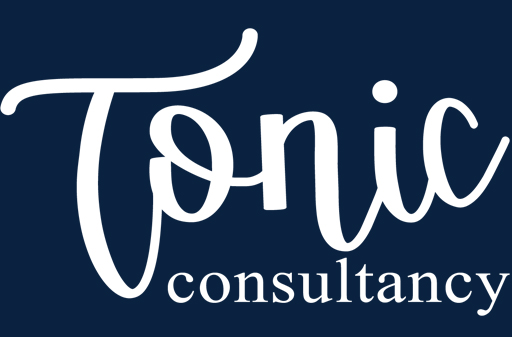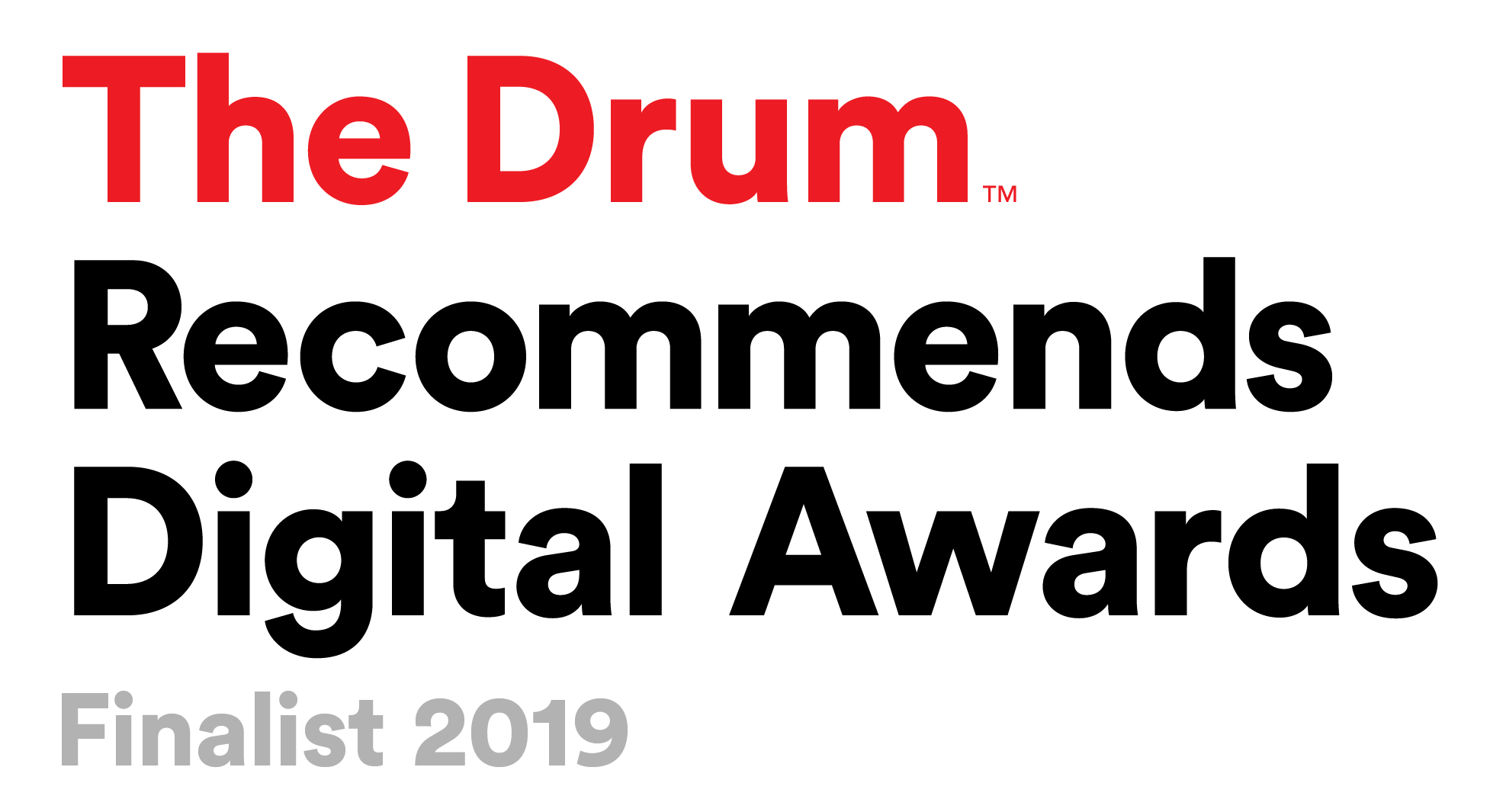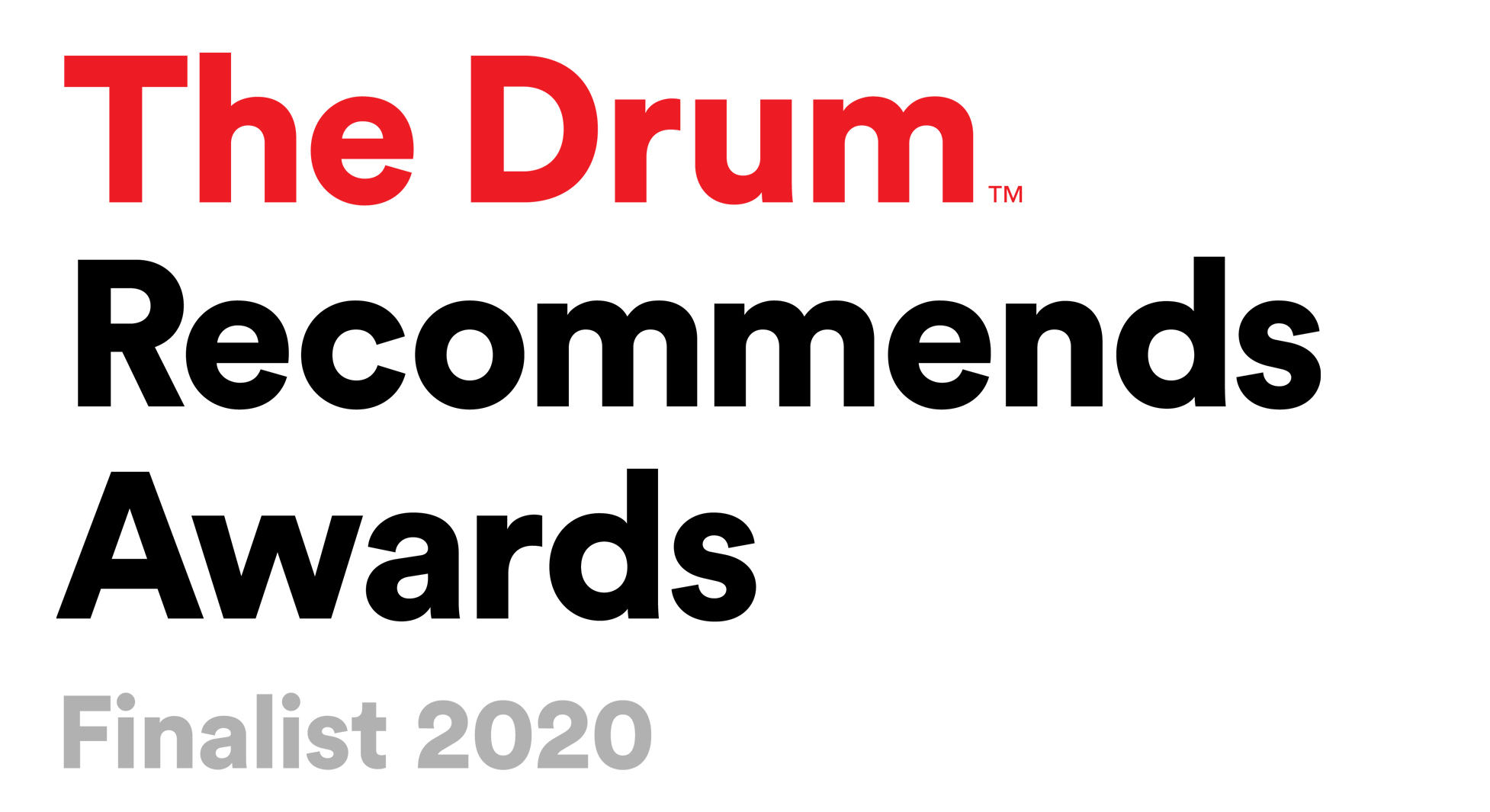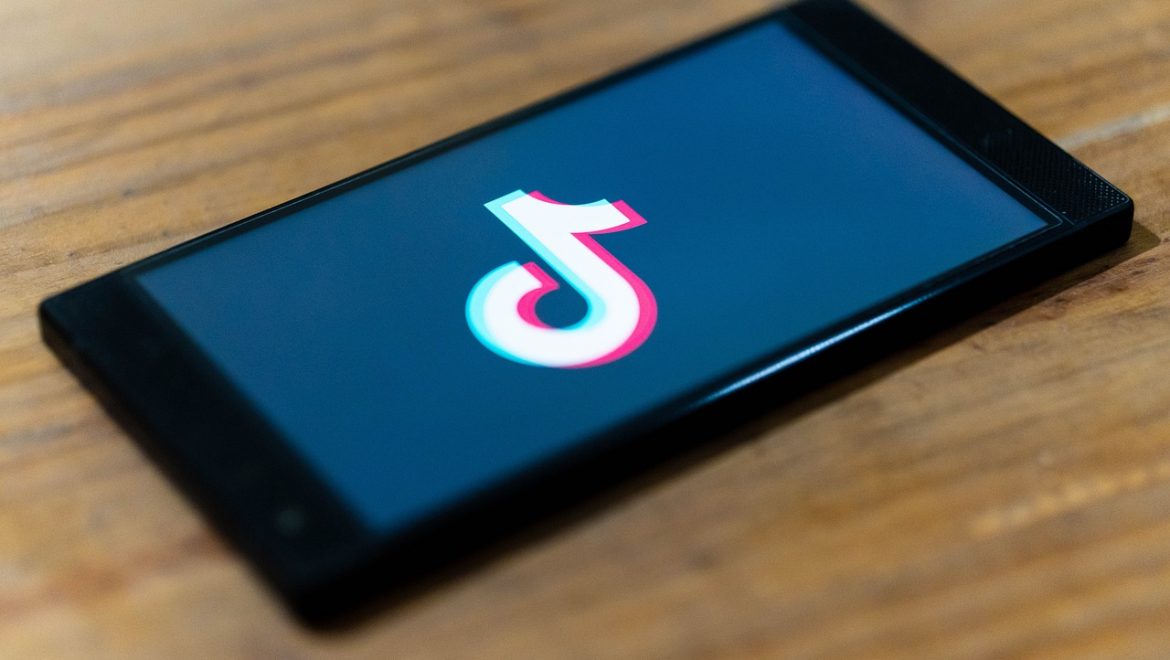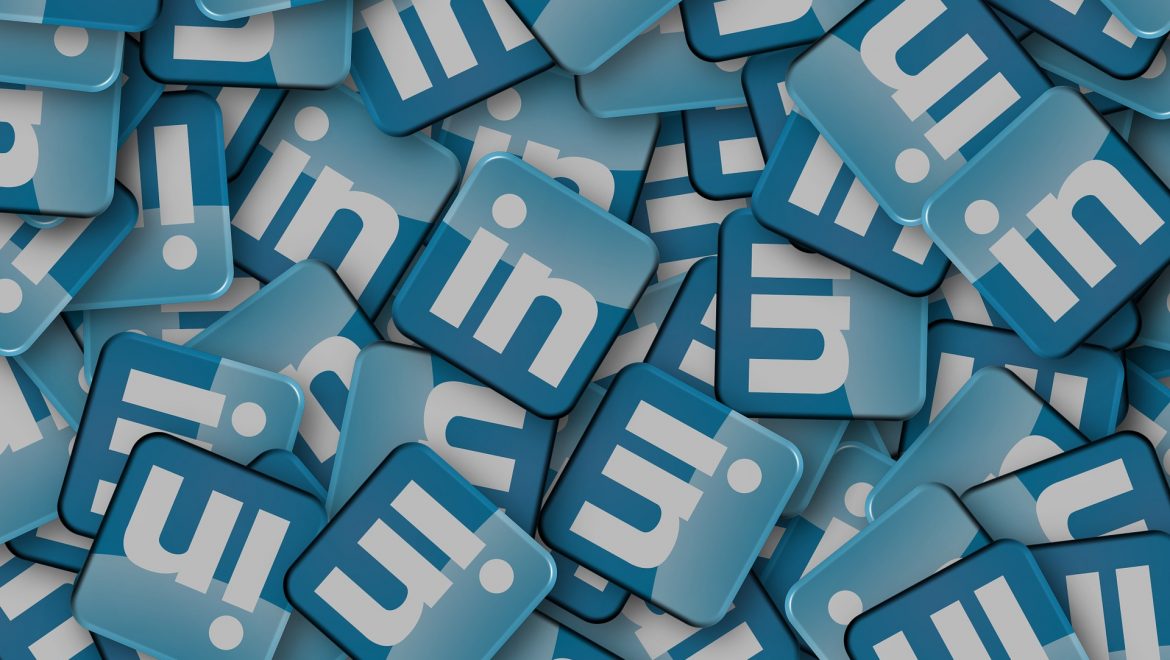AI in Marketing
How Can Artificial Intelligence Help Boost Your Marketing?
Advances in technology mean that the world is changing at a dizzying pace, and it is set to have a tremendous impact on marketing. With tools such as ChatGPT, artificial intelligence (AI) is assuming a much larger role and helping to create a wealth of opportunities for marketers to be able to do even more with what they already do best.
By combining AI technologies with customer and brand data, marketers can gain access to highly precise insights into marketing trends and the customer experience. AI technologies such as natural language processing (NLP), machine learning (ML), and others can help guide marketers’ decision-making, helping to stay ahead of the competition as well as helping to prepare for the challenges faced in a dynamic marketplace.
Let’s have a closer look at how AI can benefit marketers and how it can be leveraged successfully.
AI in marketing
According to PricewaterhouseCoopers, AI-based marketing looks set to drive 45 per cent of the total economy by 2030. This will happen in a variety of ways, including data-driven product enhancements, personalised services, and influencing consumer demand. Let’s look at how this will be achieved.
Social media listening
With AI-powered social media, your efficiency will be significantly increased as social media listening is taken to a new level. AI tools will help to provide a range of suggested terms to include in your social media tracking to help marketers reveal essential audience insights far faster.
AI algorithms will help to identify and extract the relevant details from social media listing data that can span millions of data points in real-time. This will help marketers see the wood for the trees to gain a better understanding of the customer’s thoughts via social media sentiment analysis. Marketers can then anticipate their customers’ next move, and make strategic decisions and actions.
Content generation
AI social management tools can help analyse the voice of customer (VoC) data in social media posts to help inform marketers of the content that is of most interest to the target audience.
The same tools can also help to identify keywords and triggers so that marketers can devise and develop compelling posts, respond better to customer comments, and inspire better and more impactful product descriptions for websites and e-commerce. All of this will add marketing efforts towards brand engagement for an increase in market share and better earnings.
AI can also help generate ideas that can nurture and make campaigns more successful, as well as help create more compelling communications that will reinforce relationships with potential customers at all stages of the sales funnel.
AI prompts can help devise email subject lines that will achieve a better open rate, develop personalised content that can be adapted to buyer personas, and drive conversations based on intent, engaging with each customer/client on an individual basis, ultimately leading to stronger connections and loyalty that will stimulate sales.
Automation
By leveraging AI-driven smart automation, social media managers and customer service teams are empowered to improve operational efficiency via lexical and statistical-based triggers that can help drive intelligent workflows.
This can help marketers achieve their business goals better by removing the guesswork out of tasks such as scheduling posts at the optimal times for improved impact and better engagement, or by categorising incoming messages.
It can also help unify the brand voice in customer communications and reduce response times by half.
Audience segmentation and personalisation
Omnichannel business strategies based on market segmentation can be driven by AI marketing, helping to align campaigns with customers are are more likely to be interested and buy your product or services.
Programmatic advertising can be leveraged to help streamline the process of selecting and setting up digital advertising for the best return on investment (ROI), enabling more personalised marketing strategies and tactics to grow brand loyalty and develop powerful brand awareness campaigns.
Data analysis for customer insights
AI and machine learning can provide critical customer insights on a variety of aspects to help marketers make better informed strategic marketing decisions, with deeper insights into audience sentiments concerning your brand, full audits of customer care team performance, and social media engagement metrics.
This means marketers can quickly adapt to changing marketing trends, prioritise budgets based on what aspects require the most investment, and improve customer relationships.
Reputation management
When considering brand reputation, there will always be certain elements within the control, of marketers, while there will be some aspects that are not. Brands are subject to more scrutiny than ever in the social media age but with AI-based brand reputation management, potential threats can be averted before that can become a much larger issue.
With real-time monitoring of customer sentiments, using the right influencers and brand ambassadors, and providing proactive customer care, this can all be achieved easily.
Competitive intelligence
AI can help marketers identify opportunities that can help improve products and services and help fill in gaps in the market. It can help discern competitors’ share of voice and help find intelligent ways to become more agile in the competitive market. AI can also compare your social media performance to that of competitors via competitive benchmarking, enabling marketers to adjust strategies accordingly.
Multilingual advantage
A global marketplace means marketers need to take into account any cross-cultural aspects, as well as provide prompt and efficient customer care. With AI marketing tools, marketers can extract essential customer insights from multilingual data with ease, providing data that can inform strategies for particular regions.
It can also help ensure that target audiences are easily able to find social media posts, responses, and advertisements that they find relatable and adhere to their cultural standards.
Which AI technologies enable marketing?
Intelligent social media platforms will combine powerful AI technologies to provide marketers with the insights they need to succeed. With capabilities such as semantic classification, named entity recognition and aspect-based sentiment analysis, marketers can gain specific insights into their niche, while social media content can be optimised and customer engagement can be improved with the help of natural language processing, which all leads to a greater competitive edge.
Build impactful business strategies with AI
Marketing insights provided by AI are helping to empower brands to build a stronger foundation for growth and success by exploring new marketing, product and customer engagement opportunities.
AI tech such as sentiment analysis, NLP, virtual agents, chatbots and more are helping to determine how efficiently business goals can be achieved, in everything from revenue optimisation to navigating unpredictable market scenarios.
With access to targeted AI-driven insights, marketers can develop more proactive social media marketing tactics to help drive customer engagement, loyalty and retention, and ultimately market growth.
If you’re looking for help with AI marketing, brand growth, and social media marketing, come and talk to us at Tonic today.
